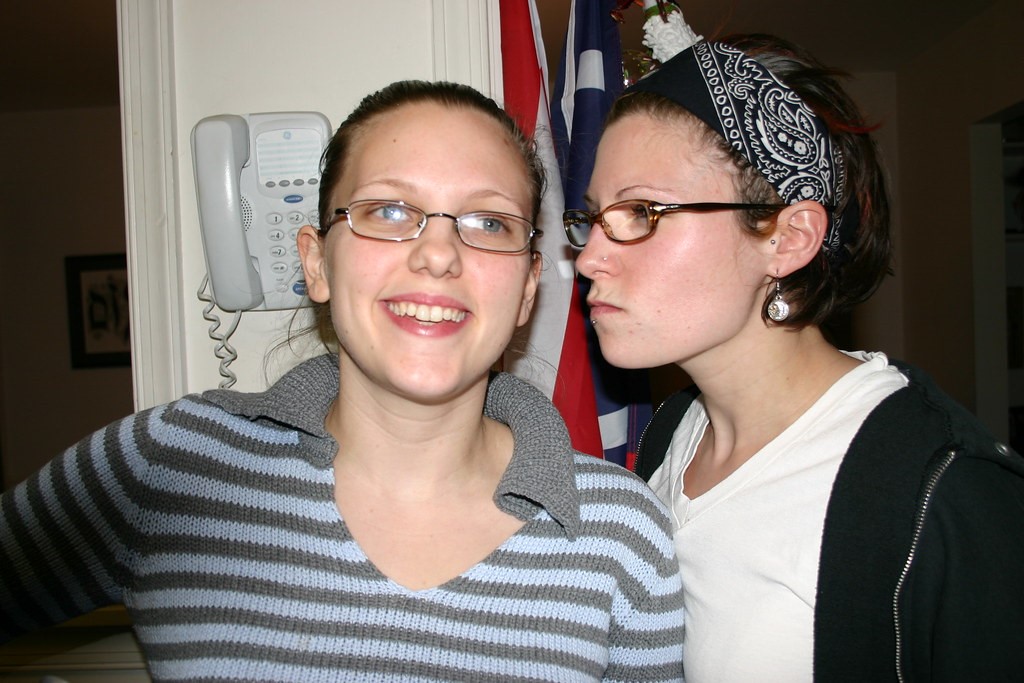Double Down When in a Double Bind

I have consulted recently with many parents of teenage twins about their children’s inability to get along. One mother told me her daughters do not talk to one another, and another parent explained that her daughters constantly yell and scream at one another. Adolescence is a challenging developmental phase for multiples because they have to manage two separations at once—one from their twin and another from their family.
Adolescence is a complicated time for many teens and their parents. In fact, I have been told numerous times that the changes seem to appear overnight. One mom told me that her lovely, sweet, and compliant child woke up one morning and turned into a moody, belligerent, and troublemaking teenager. These shifts take many parents by surprise. Although adolescent behavior can take many forms and pose varying degrees of peril, the underlying principle is that physiological, emotional, and social changes erupt simultaneously, propelling the unsuspecting teenager into a world that he or she has not confronted before. Novel behaviors abound—thrill seeking, risk taking, and rule breaking all give the adolescent an illusion of power, freedom, and exhilaration.
Families with twins may have one child who embraces this new independence while the other one remains more levelheaded. Whether this divergence stems from a desire to pull away from the twinship is often unclear. In spite of parents’ well-intentioned efforts to minimize their twins’ comparative and competitive tendencies, the world at large makes it difficult to escape from the projections of outsiders.
As one might imagine, parents are often more inclined to worry about the son or daughter who behaves in a rebellious, antisocial manner. The misbehaving twin defies parental controls, flouts academic requirements, and spends an inordinate amount of time on social media sites. The more compliant sibling is often treated as the “good” twin who does not give the parents cause for worry or heartache. This difference often contributes to much discord between the twins, which is often exacerbated by the parents asking the compliant twin to report what the unruly sibling is doing.
Figuring out how to meet the needs of each teen is challenging—hopefully, the “good” twin will branch out and find his or her own peer group and activities, and the rambunctious twin will respond positively to boundaries that will keep him or her safe. Parents must be attuned to each adolescent’s particular circumstances, accept and understand the teens’ differences, and recognize that each is forging a pathway to a separate identity. Patience, tolerance, and empathy—along with consistent limits and expectations—will help launch the twins toward a confident, healthy, and individuated maturity.
Image courtesy of ECohen (CC BY-SA 2.0)

